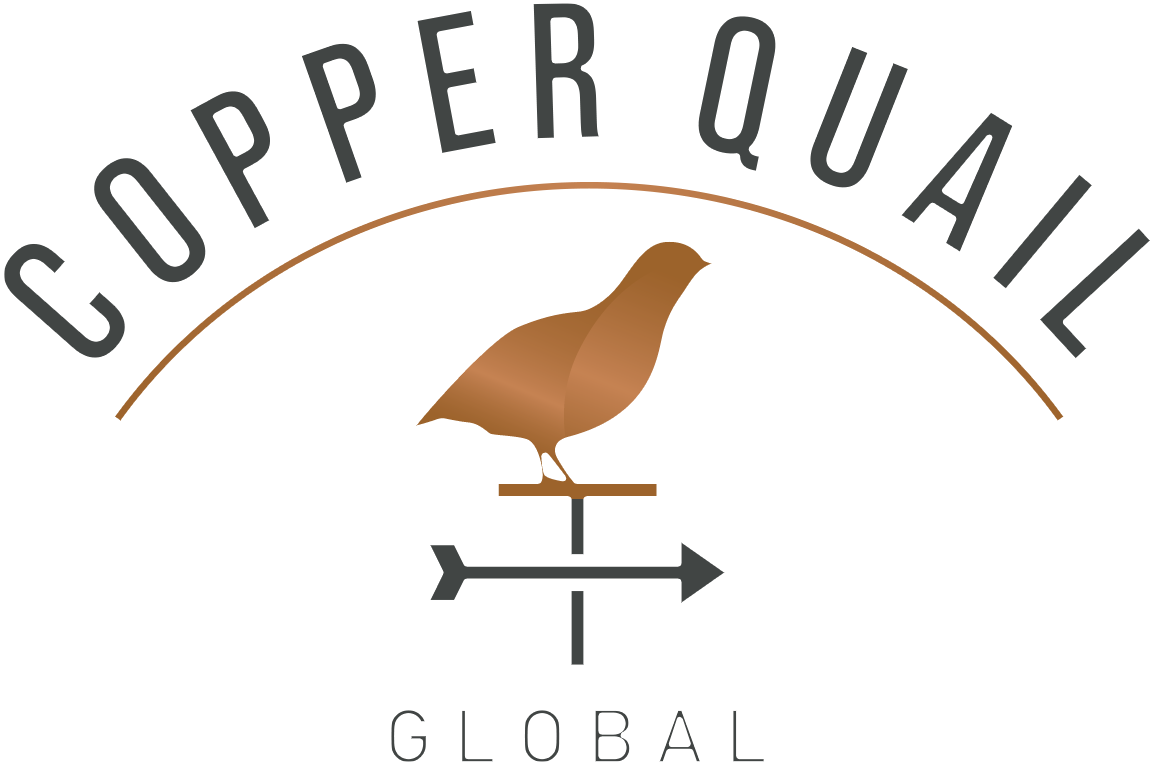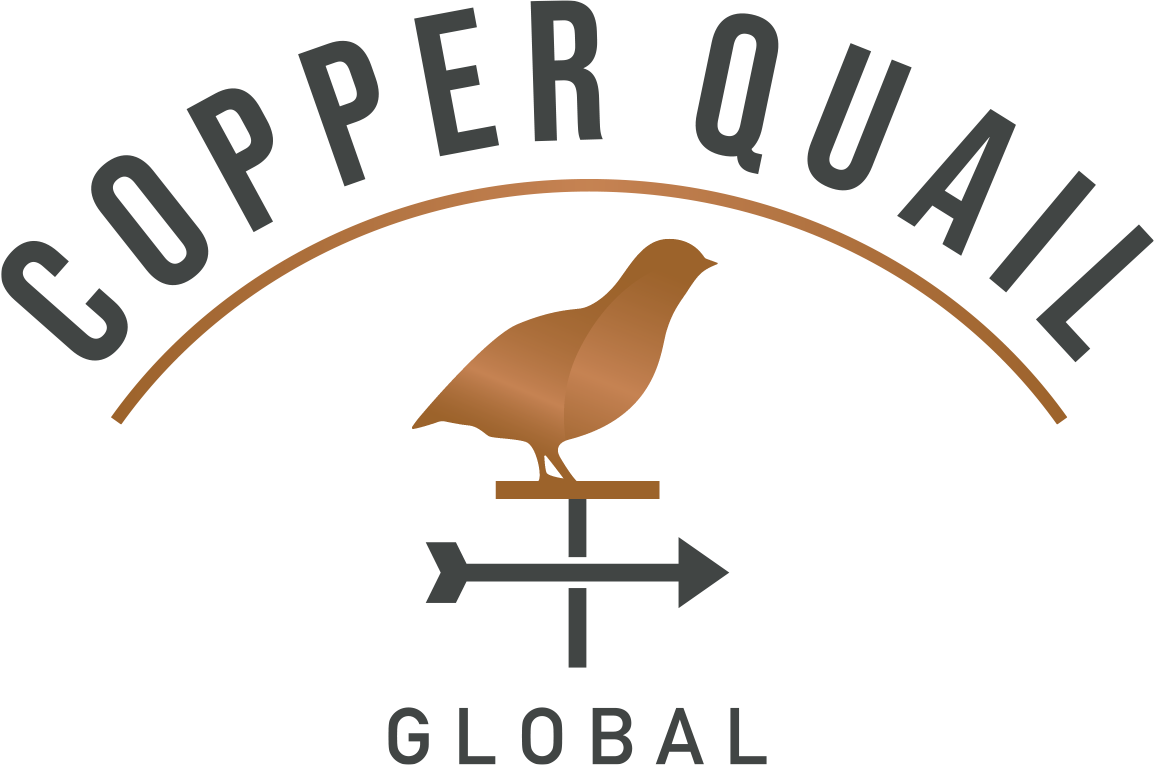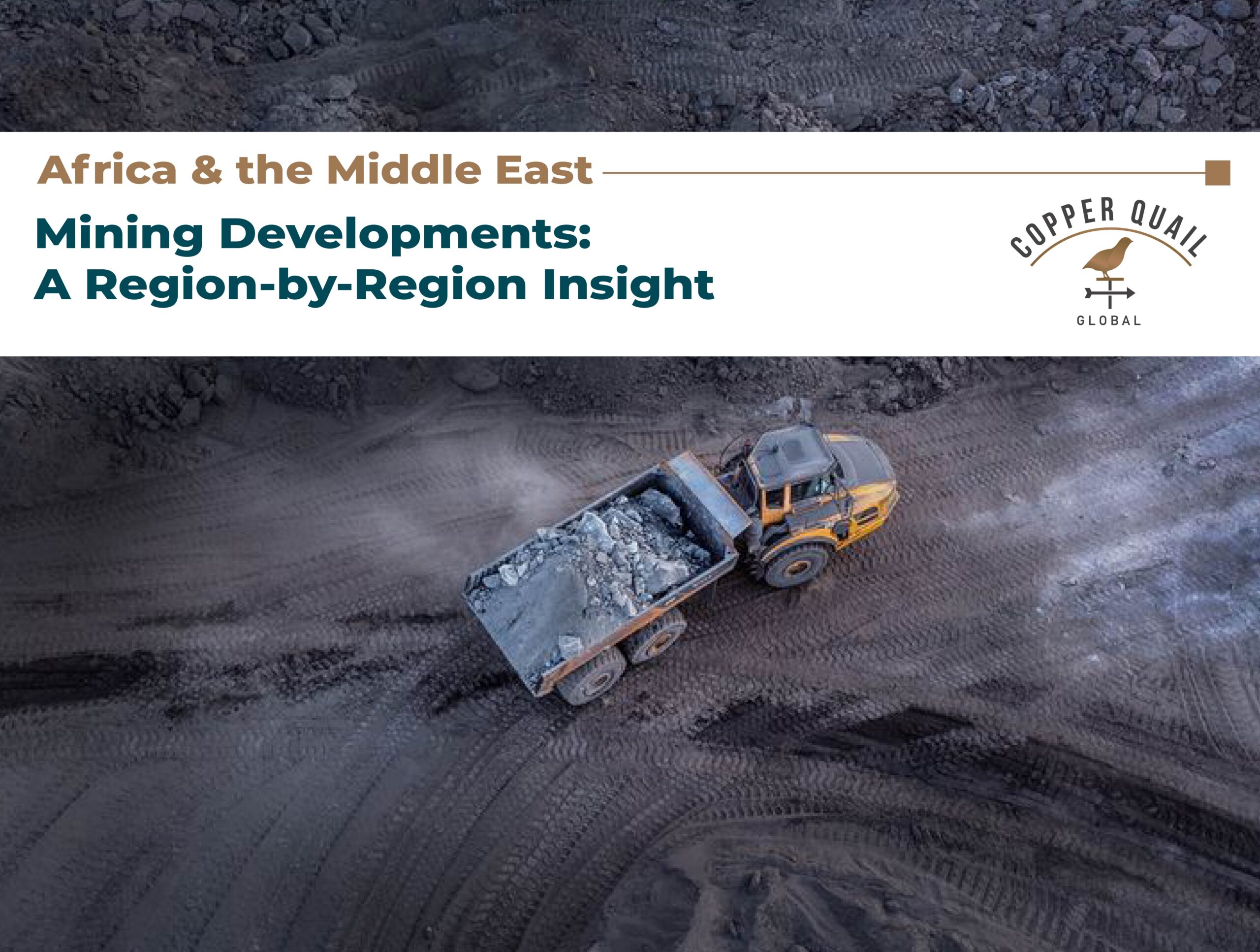Africa and the Middle East are witnessing dynamic shifts in their mining sectors, driven by surging demand for critical minerals and proactive policy reforms. Investors, mining executives, and professionals are closely watching these regions as they evolve from traditional extractive models toward more value-added, sustainable operations.
Below we provide a comprehensive, region-by-region analysis of mining developments across Africa—covering North, West, Central, East, and Southern Africa—as well as key Middle Eastern players. We highlight each area’s unique opportunities, current challenges, recent trends, and shifts in investor sentiment, with critical minerals, greenfield exploration, brownfield expansions, and ESG integration taking center stage.
North Africa: Phosphates and Emerging Critical Minerals Hub
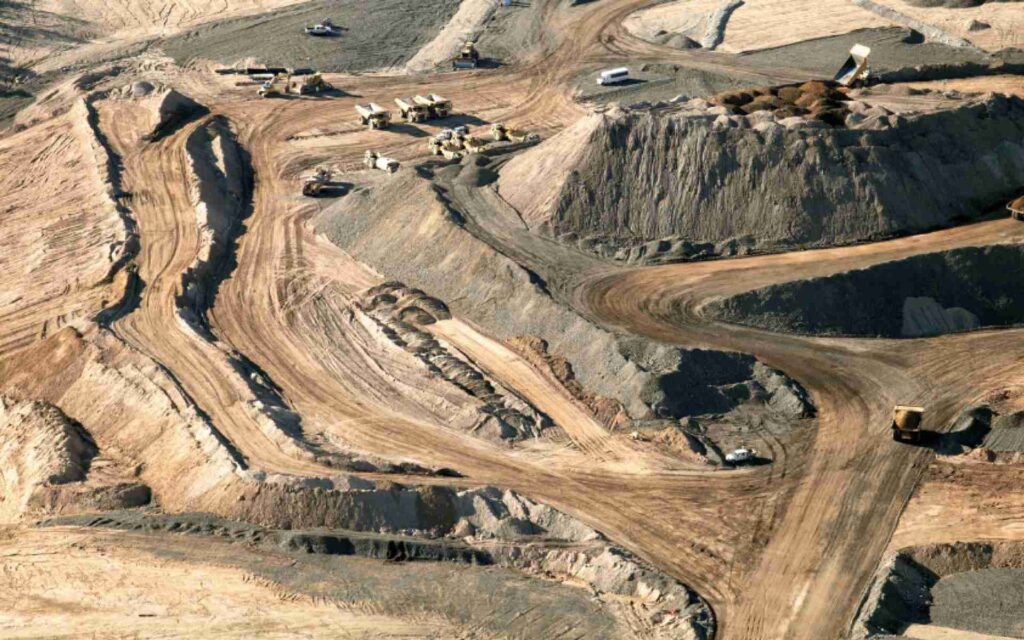
North Africa’s mining landscape is marked by world-leading phosphate reserves and a strategic position linking Africa’s mineral-rich south to global markets.
Unique Opportunities
Morocco holds about 70% of the world’s phosphate rock reserves, making it a crucial supplier for fertilizers and lithium-iron-phosphate (LFP) battery cathodes. The state-owned OCP Group has moved into downstream manufacturing, securing major Asian partnerships for EV battery material production at Jorf Lasfar (expected 2025).
Egypt is rich in phosphates (over 1 billion tonnes at Abu Tartur) and gold. In 2025, Egypt ramped up phosphate ore output and signed deals for a new $658 million phosphoric acid plant with Saudi and Chinese partners to boost value-added exports.
Algeria is actively developing its vast iron ore deposits. The Gara Djebilet iron mine (3.5 billion tonnes of reserves) will launch its first processing plant by April 2026, expanding to 10 million tonnes by 2032 as part of a strategic diversification plan.
A new trade route (Tindouf-Zouerate corridor) is being built to unlock Mauritania’s untapped reserves of lithium, manganese, and rare earth elements.
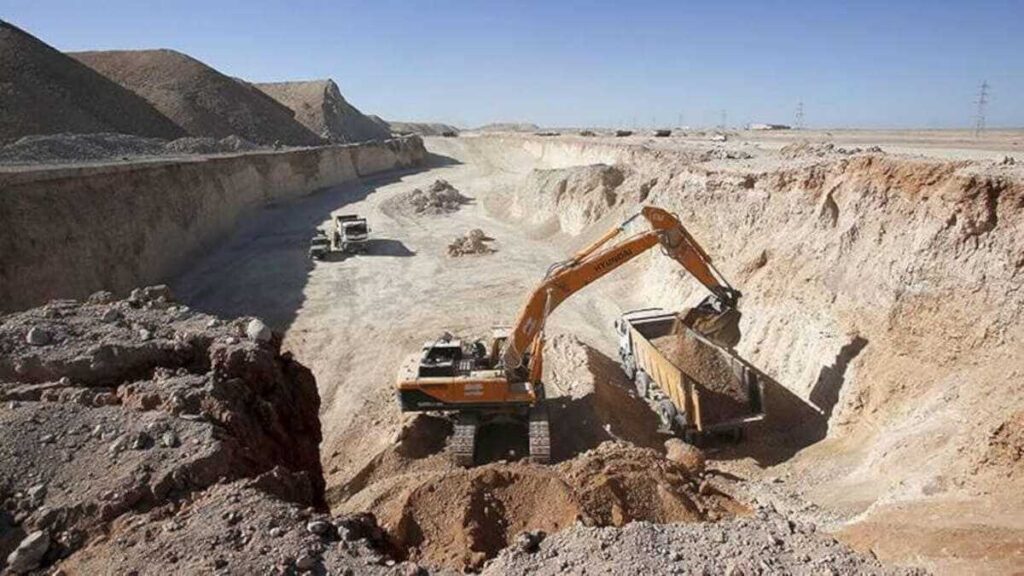
Current Challenges
Regulatory & Business Climate: Historically heavy state control has deterred exploration, though reforms in Egypt and Algeria are aimed at modernizing mining codes and improving transparency.
Infrastructure Constraints: Remote regions require significant investment in roads, railways, and power. Egypt’s new phosphate project, for example, required 1,800 miles of new roads and 4 GW of solar power capacity.
ESG Concerns: Operations must contend with water scarcity in arid regions, necessitating major investments in desalination and recycling (as seen with Morocco’s OCP).
Recent Landscape Changes and Trends
Enhanced Logistics: Morocco’s Tanger Med port and Egypt’s Suez Canal Economic Zone are positioned as major logistics hubs. New rail and road projects, like the Trans-Saharan Highway, are improving viability for new inland mines.
Shift to Value-Add: Governments are mandating local beneficiation. Egypt’s planned phosphoric acid complex (250,000 tpa by 2028) aims to multiply economic returns versus exporting raw rock.
Rising Investor Interest: Increased stability and reforms have attracted significant capital. Notably, Saudi Arabia has committed $10 billion to invest in African mining over 2023–2028, targeting North African projects.
